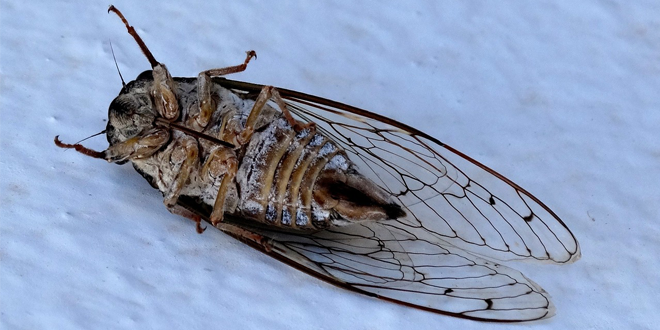
1.800.858.7378 npic@ace.orst.edu
We're open from 8:00AM to 12:00PM Pacific Time, Mon-Fri

1.800.858.7378 npic@ace.orst.edu
We're open from 8:00AM to 12:00PM Pacific Time, Mon-Fri
You are here: NPIC Home Page ![]() Pesticide Ingredients
Pesticide Ingredients ![]() Pesticide Types
Pesticide Types ![]() Synergists
Synergists

Synergists are chemicals that make insecticide ingredients more effective at killing pests. They generally are low in toxicity for humans. While synergists have very little impact on insects on their own, they are included on pesticide product labels under the heading 'active ingredients.' Common insecticide synergists include piperonyl butoxide and MGK-264 (n-octyl bicycloheptane dicarboximide).
Synergists can be found in products that kill insects, fungi, and worms. They are commonly mixed with natural pyrethrins or man-made pyrethroid insect-killing products. It is rare that people would be exposed to a synergist alone.
Many pests have the ability to break down pesticide chemicals, like pyrethrins, and bounce back from the initial paralysis. Synergists slow or stop the break down process and make the insecticides more toxic to the pest.
Keep these tips in mind:
If you have questions about this, or any pesticide-related topic, please call NPIC at 800-858-7378 (8:00am - 12:00pm PST), or email us at npic@ace.orst.edu.